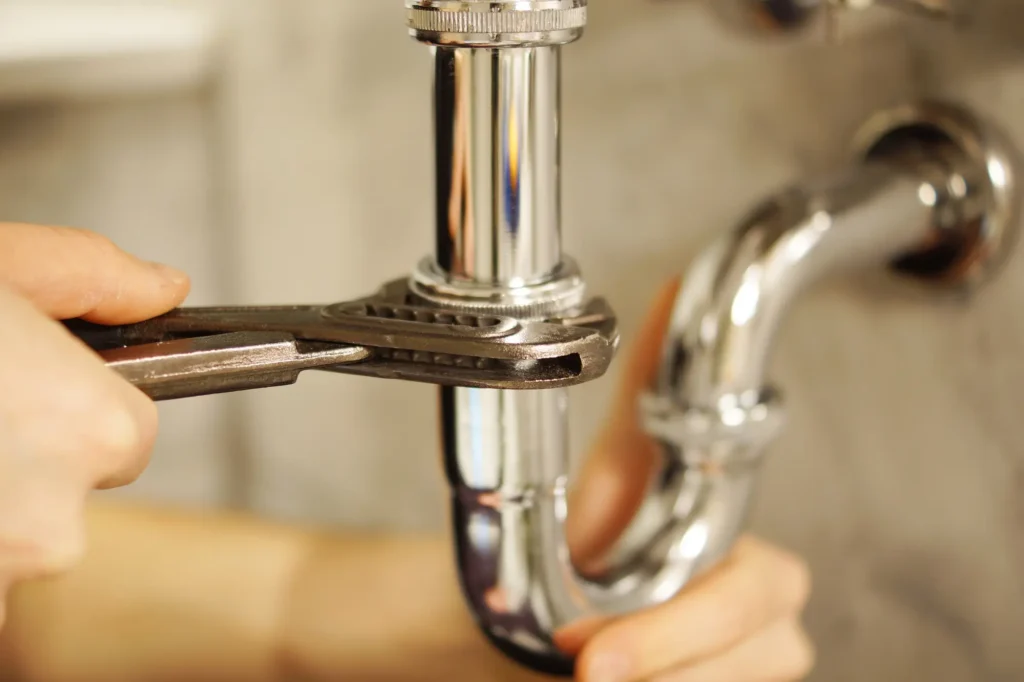Water is one of our most essential resources—and yet, many homes across America are still relying on aging, deteriorating water lines that can jeopardize water quality, public health, and overall infrastructure resilience. As pipes corrode or degrade over time, risks such as contamination, waterborne disease, water main breaks, and reduced water pressure become more frequent. Aging infrastructure isn’t just a matter of inconvenience; it’s a growing concern for health, safety, and sustainability in cities across the country.
Understanding the Problem: Aging Infrastructure and Its Impact
In older homes, especially those built before the 1980s, the plumbing system may still include outdated materials like cast iron, galvanized steel, or even lead service lines. These materials are now known hazards. Lead, for example, poses a significant health risk, particularly to children and pregnant women, and its presence in drinking water can contribute to developmental issues, learning disabilities, and other chronic health problems. The Centers for Disease Control and Prevention (CDC) and the Environmental Protection Agency (EPA) have both emphasized the importance of removing lead pipes to uphold the Safe Drinking Water Act.
Furthermore, corroded pipes can allow pollutants, including asbestos fibers from asbestos cement pipes, rust, and even sewage, to infiltrate the water supply. Cracks and leaks may also create entry points for groundwater infiltration or bacterial contamination. These water quality issues don’t just threaten health—they contribute to a broader crisis of trust in our water infrastructure.
Water Quality and Broader Public Health Implications
Degrading water lines also interfere with water treatment processes. When water lines are compromised, even properly treated water can become re-contaminated before it reaches the tap. This poses a serious threat to safe drinking water and places added pressure on sewage treatment plants and municipal systems.
Additionally, aging infrastructure affects more than just homes—it threatens the entire community. According to the American Society of Civil Engineers (ASCE), America’s water infrastructure received a C- grade in recent years. Millions of gallons of treated water are lost daily due to pipeline failure, water main breaks, or inefficient systems. These failures are costly, contributing to higher water rates and increased tax burdens as cities scramble to meet regulatory compliance.
Signs It’s Time to Replace Your Water Line
Homeowners should be vigilant for early warning signs of water line failure:
- Discolored or foul-smelling tap water (often indicating rust, mineral buildup, or microbial growth)
- Frequent leaks or water damage
- Unexplained spikes in water bills (which can point to unseen leaks)
- Low water pressure caused by sediment buildup or pipe corrosion
Ignoring these signs could lead to more serious problems such as property damage, sewage backups, and the spread of waterborne diseases. With increasing extreme weather events and climate change adding pressure to already fragile systems, infrastructure maintenance and early action are more critical than ever.
Solutions: Upgrading Your Water Lines
Thanks to innovations in plumbing and construction, replacing old water lines no longer means tearing up your entire yard. Modern methods such as trenchless technology allow for water line replacement with minimal disruption. Materials like ductile iron pipe, PEX, and polyvinyl chloride (PVC) offer greater durability and resistance to corrosion, chemical buildup, and pressure changes. These materials also align with current sustainability goals by improving water conservation and reducing leakage.
Contractors and civil engineers today rely on better tools, data, and asset management strategies to determine when and how to replace aging water lines efficiently. Through infrastructure investment efforts like the Infrastructure Investment and Jobs Act, federal and state programs are beginning to address aging water systems across America. But until widespread system upgrades are completed, homeowners must take action on the individual level.
Why Water Line Replacement Is a Smart Investment
Replacing an old water line is more than just a plumbing upgrade—it’s a strategic investment in your home, health, and future. It ensures regulatory compliance, supports water safety, and can boost property value. Moreover, with many municipalities facing water scarcity, drought, and limited water resources, every effort to conserve clean water counts toward broader sustainability and environmental protection efforts.
Take Action Today with Drain Terrier
At Drain Terrier, we understand the critical importance of reliable, safe, and efficient water systems. Our expert plumbers and licensed contractors are equipped with the latest technologies in water line inspection, repair, and replacement. Whether your home is facing corrosion, leaks, or reduced pressure, we offer tailored solutions that align with your local soil conditions, infrastructure needs, and budget.
Don’t wait for a water main break or a costly flood to force your hand. Protect your family’s health, preserve your property, and invest in your plumbing system’s future.
Contact Drain Terrier today to schedule a water line inspection or consultation, and let us help you ensure a cleaner, safer water supply for your home.

